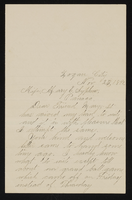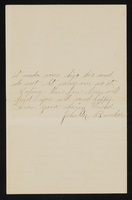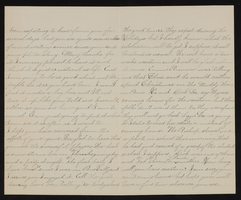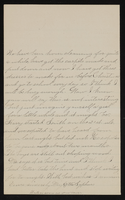Search the Special Collections and Archives Portal
Search Results

man000800-005
Text

man000801-001
Text

man000801-002
Text

man000801-003
Text

man000801-004
Text

man000802-001
Text

man000802-002
Text

man000802-003
Text

man000802-004
Text

man000802-005
Text
Pagination
Refine my results
Content Type
Creator or Contributor
Subject
Archival Collection
Digital Project
Resource Type
Year
Material Type
Place
Language
Records Classification
